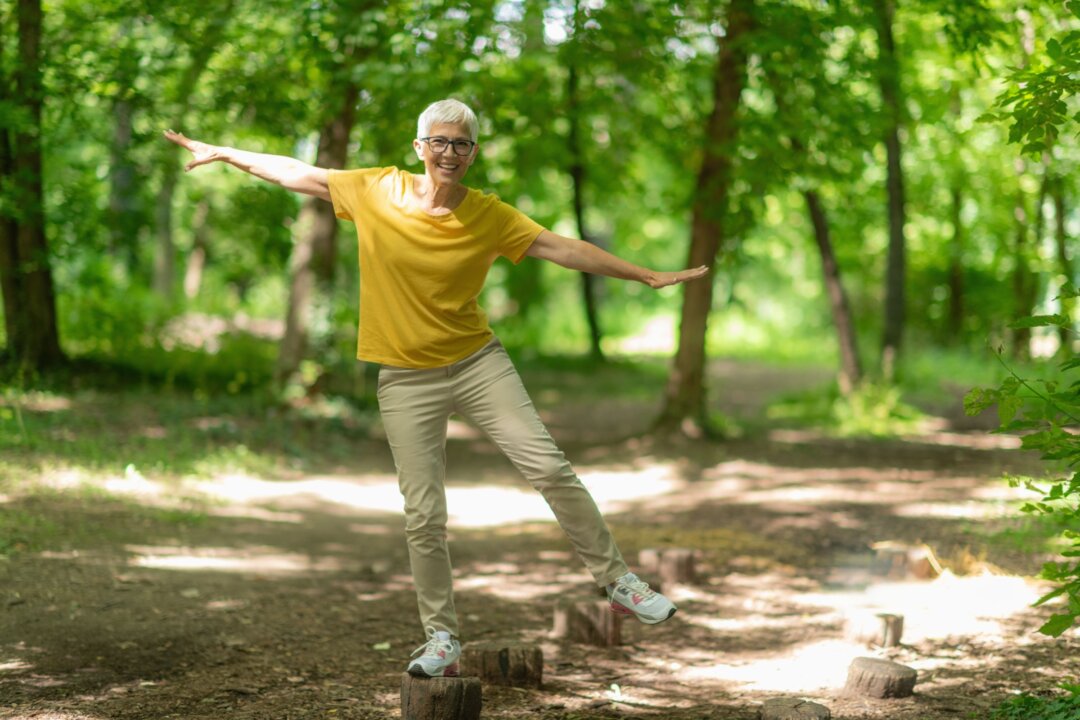Each week, I see at least half a dozen patients who have been injured in a fall. These incidents often result in fractured bones or extensive soft tissue injuries that can take months to heal. The prolonged recovery time can cause people to live in fear of future falls and can significantly limit their activities.
Decreased strength and stability are major factors contributing to balance issues, and falls are not only common but also costly. Balance and stability often decline as we age, but the true culprit is typically decreased activity and strength rather than aging itself. I’ve been fortunate to work with many older patients who have maintained excellent balance.

Additionally, I’ve helped thousands regain their strength and endurance, resulting in significant improvement in their balance. With the right exercises and dedication, anyone can improve their stability and enjoy a more active, fulfilling life. Visual system (eyes): Vision is one of the most vital balance mechanisms we use, especially as we age.
Our eyes constantly update us about body position and orientation in space. Somatosensory system (sensation): We use the sensations of our joints, muscles, and tendons to provide the brain with information about the position and movement of different parts of the body. This allows us to maintain balance by sensing their position in space.
This is especially true of our feet, which are a critical component in the kinetic chain. Their sensory input is invaluable for balance. Vestibular system (inner ear): Our semicircular canals are three fluid-filled “hoops” in our inner ear that detect motion and changes in our head’s position.
They send signals to the brain to help control balance and coordination. The following exercises have a proven history of success with my patients, and I’m confident they’ll benefit you as well. 1.
Single-Leg Stance For some, this exercise can be quite challenging. However, the body adapts quickly, and with consistent practice, improvement is guaranteed. 2.
Single-Leg Floor Touch 3. Pillow Stands 4. Backward Walking This can be especially helpful for preventing falls at home during daily tasks like cooking, cleaning, and housekeeping.
5. Inline/Tightrope Walking Holding your arms straight out to your sides can make this exercise easier. Crossing your arms can increase its difficulty.
If you start losing your balance, step out with your feet to regain it. As I always tell my patients, I’d much rather meet you at a store than in the clinic. By consistently practicing these exercises, you can improve your balance and dramatically lower your risk of falls.
This will help you remain active, preserve independence, and improve your overall well-being..



















